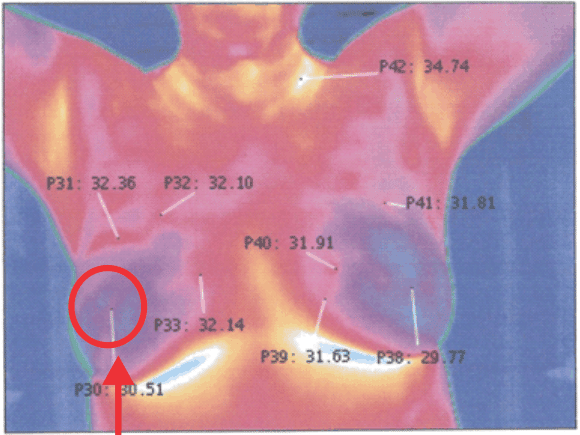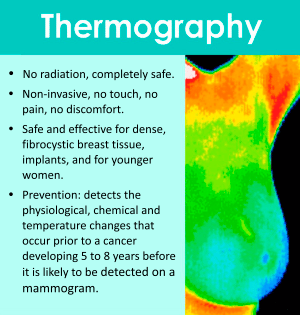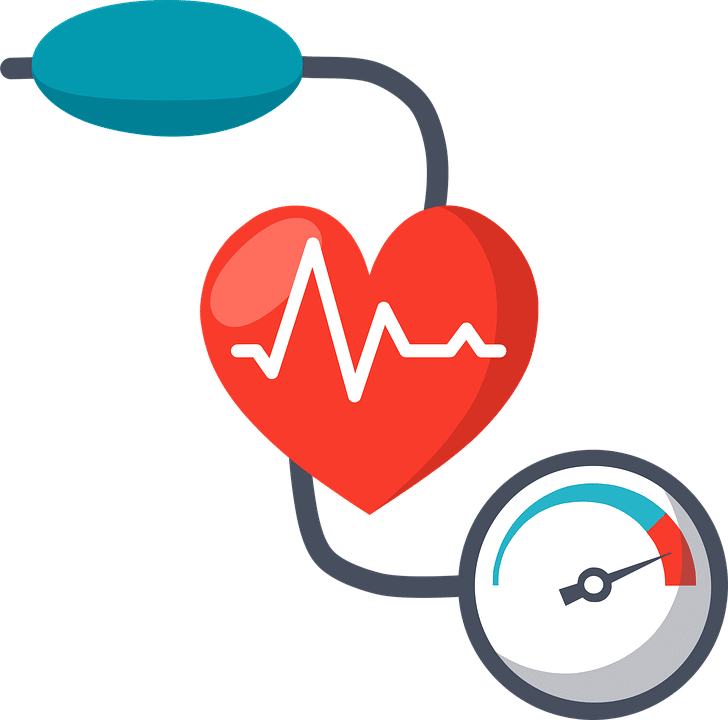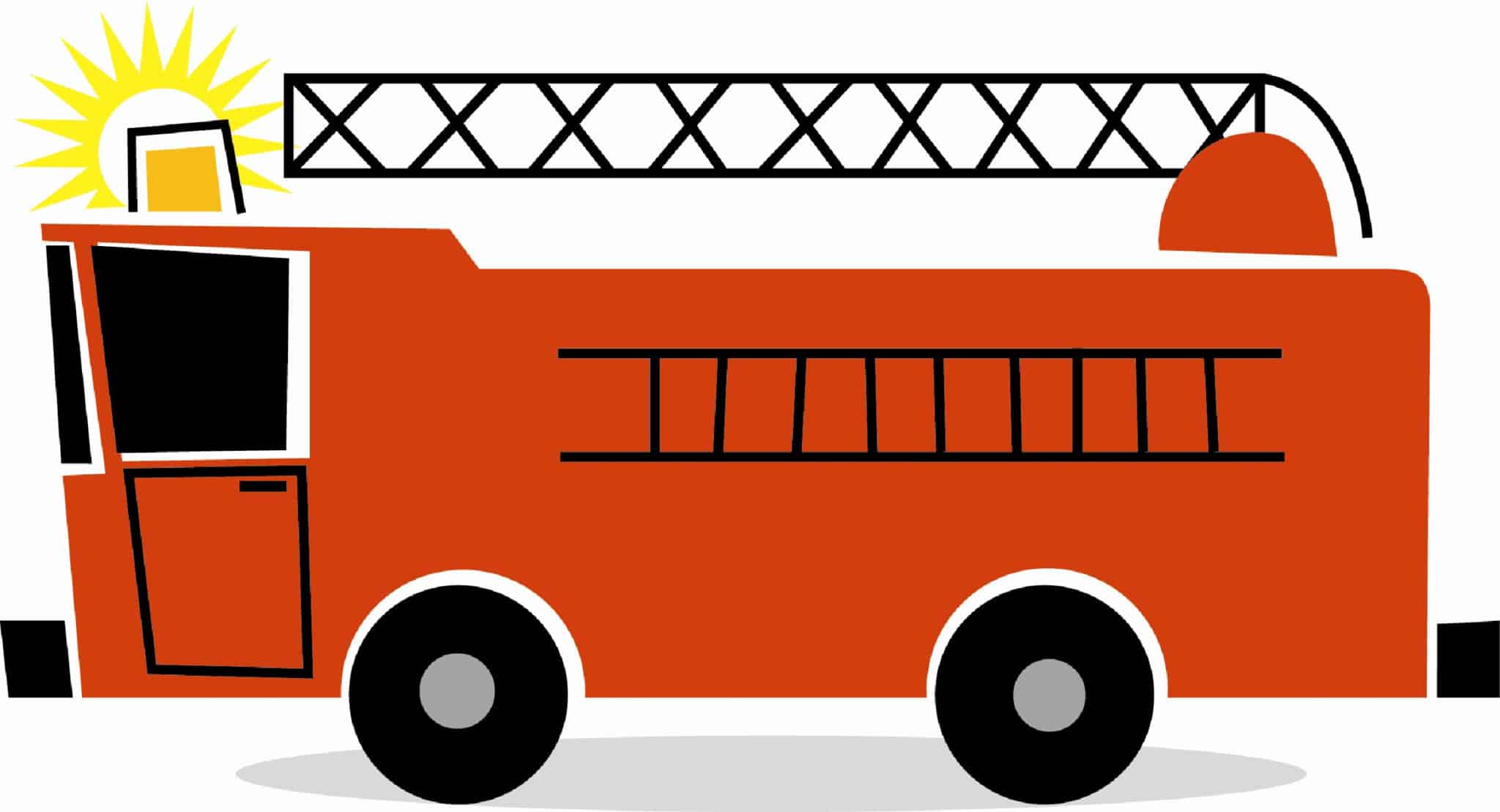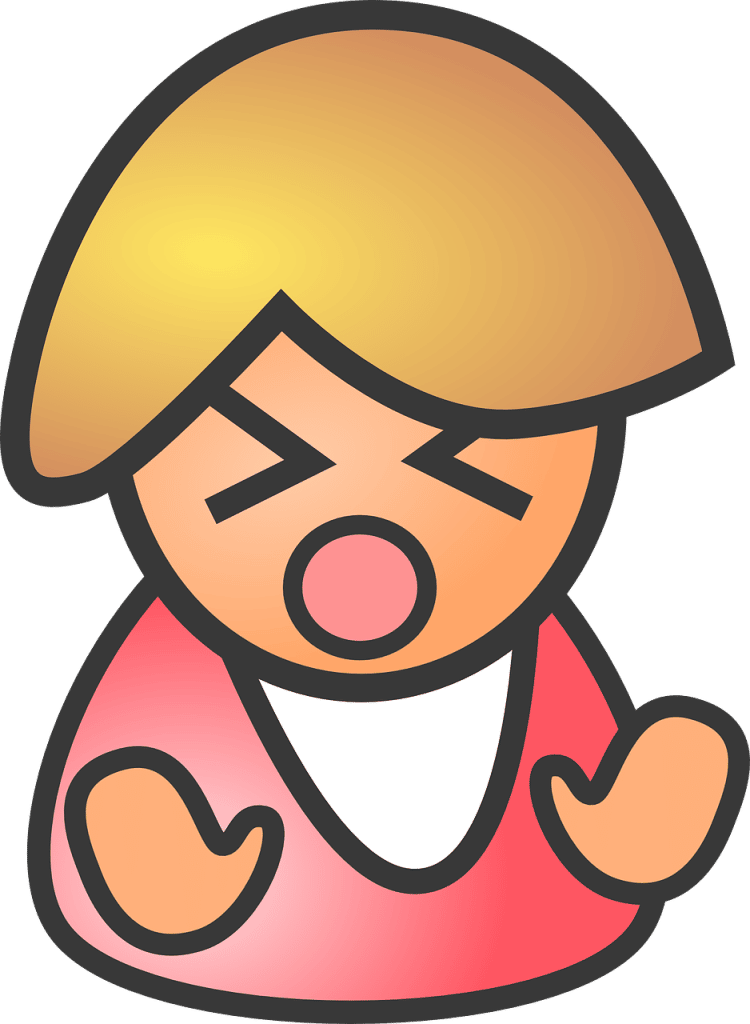
Evidently, It’s the Gut
Do You:
- Get too little or poor quality sleep?
- Have high-stress levels in your life?
- Eat sugar regularly? (Wine, beer, candy, soda, sweet tea, cookies)
- Eat a lot of carbs? (Pasta, rice, bread, oats, potatoes, pancakes, biscuits)
- Eat a lot of processed foods? (boxes, bags, cans, fast food)
- Take antibiotics, even only every few years?
- Have cravings for sugary foods or carbs?
- Have unintentional weight changes (lose or gain) for no apparent reason?
- Have skin problems: acne, eczema, rashes?
- Have food allergies? Do some foods make you tired, brain foggy, have digestive problems, immediate diarrhea, skin reactions, or swelling?
All of these can lead to problems with your “gut microbiome,” the microorganisms that live in your intestines. You can have between 300 to 500 different species of bacteria growing in your gut, and many of these are essential for your health.
Problems with your gut bacteria can lead to:
(If you are suffering from any of these problems, you should get your gut checked, as this might open the door to your recovery).
- Immune system problems
- Depression
- Obesity
- Autoimmune conditions
- Inflammation problems of all kinds
- Fatigue and energy problems
- ADHD and concentration problems
- Sleep problems
- IBS (cramping and pain, diarrhea/constipation, nausea)
- Heartburn and reflux
The Bottom Line
The most important thing to know about gut issues is that they don’t resolve easily.
The second most important thing to know is that gut problems often worsen and lead to more related symptoms.
So, the “bottom line” is that you should 1) Live a gut-healthy lifestyle and eat a gut-healthy diet, and 2) If you develop health problems that are possibly gut-related, do NOT just wait around and hope that you get better.
What Should I Do?
Conventional medicine recognizes the importance of a healthy gut microbiome, but this information has yet to make it down to the diagnosis and treatment level of YOUR doctor.
Therefore, your medical doctor will have no training or tools to do anything about your gut problems.
You will need to find a Functional Medicine practitioner with lots of experience in gut problems. This doctor will know which labs to use and combine effective supplementation with diet and lifestyle changes.
Gut problems and related issues are one of the main focuses of my practice. If you need help, you can ask for an appointment or more information here.
New Research
Scientists had a human-biome epiphany around 2010. In 2012, Scientific American magazine put out an issue titled “Your Inner Ecosystem.” This magazine was the first time that most of the general public had ever heard of the importance of microbes and bacteria to general health.
Since then, research on gut health has regularly yielded possible solutions to many of our most challenging health problems.
Below is an article about new research that links restless leg syndrome (RLS), a terrible problem that ruins the sleep of as much as 10% of the population, to gut problems.
This article is great reading and shows the promise of discovering many more “unsolvable” health problems resulting from gut imbalances.
Restless Leg Syndrome and IBS
Ronald Grisanti D.C., D.A.B.C.O., DACBN, MS, CFMP
There appears to be a direct correlation between restless leg syndrome (RLS) and irritable bowel syndrome (IBS).
What is restless leg syndrome?
RLS is a disorder in which a person experiences uncomfortable urges to move their legs. Symptoms typically occur during rest or inactivity, particularly in the evening and into the night, and may contribute to insomnia. These bothersome urges are often relieved with movement. It is estimated that RLS affects approximately 7-10% of the population
What Causes RLS?
Researchers have identified the following as possible contributors to the problem:
- Genetic predisposition
- Problems with the neurotransmitter dopamine
- Problems with the metabolism of iron
- Problems with nervous system motor pathways
Clinical studies show that some people who have certain gastrointestinal disorders have a higher rate of RLS, including celiac disease, Crohn’s disease, and IBS.
Studies estimate that approximately one-fourth to one-third of IBS patients may also have RLS.
The specific gut issue associated with RLS is a condition called Small Intestine Bacterial Overgrowth (SIBO).
SIBO is a condition in which rare gut-residing bacteria are over-represented in the gut.
Why does SIBO cause restless legs?
Chronic inflammation caused by SIBO or gut dysbiosis [when there’s an unhealthy balance of types of gut bacteria] in the colon may release additional hepcidin — a hormone that can decrease iron availability in the brain and contribute to RLS.
A Stanford findings suggest that, potentially, treating a person’s SIBO may help resolve the brain iron deficiency that contributes to RLS.
Promising Treatment
In one study, 13 IBS patients who tested positive for SIBO using breath testing were treated with the antibiotic rifaximin for ten days. According to the study, 10 of these patients experienced “at least 80% improvement” in their RLS symptoms following treatment. At a later follow-up date, half of these patients reported complete relief from their RLS.
For a more comprehensive natural treatment for SIBO, I recommend seeking the skills of a well-trained functional medicine practitioner.
They will review dietary recommendations specific for SIBO and natural botanicals (herbs) that effectively treat SIBO.
Conclusion:
Although the studies are small, I believe there is hope that in patients suffering from IBS (SIBO) and RLS, treatment to eradicate SIBO could be helpful.
Compliments from Functional Medicine University
References
https://onlinelibrary.wiley.com/doi/10.1111/j.1365-2869.2012.01011.x
https://www.verywellhealth.com/ibs-and-restless-leg-syndrome-1944740
https://www.ncbi.nlm.nih.gov/pmc/articles/PMC3479257/
https://www.sciencedaily.com/releases/2019/06/190607122406.htm
https://www.sciencedirect.com/science/article/pii/S1389945720305426
Find Out How to Get Help with your Health:
Would you please take five minutes to fill out a health assessment survey and send it to me? I’ll call you for a phone consult and discuss what could be done about your health. It’s complimentary, no strings attached. Either I can help you or point you in the right direction to get help. Don’t give up! You can recover your health if you persist.

Get Great Information about your Health
- Weekly blog posts with vital tips and warnings
- Interesting “pass it along” health facts
- Cutting edge natural healing techniques and advice


